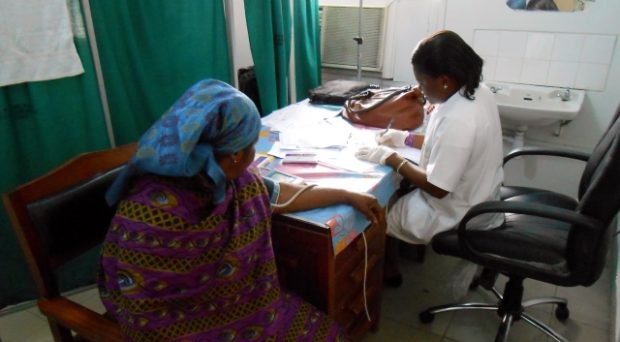
J.K. Galbraith, one of the most well-known economists of the 20th century once said: “Migration is the oldest action against poverty. It selects those who most want help. It is good for the country to which they go; it helps break the equilibrium of poverty in the country from which they come. What is the perversity in the human soul that causes people to resist so obvious a good?”
As so well captured by Galbraith, it is hardly surprising that people migrate. However, what does migration, to an environment so different from what one is used to, do to one’s health?
As researchers in the Academic Medical Center of Amsterdam, located in one of the main migrant areas of the city, we are in close touch with migrant communities in Amsterdam. Not too long ago our department of Public Health was approached by an African community organization in Amsterdam South-East. They indicated that their community was of need of health information. They experience ill-health, such as hypertension and diabetes, more and more often and see it frequently among their friends and family members. They are worried.
About 400 African migrant men, women and children resident in Amsterdam attended the event.
Their community leaders therefore took initiative to organize a full day event called “Your Health is Your Wealth”. About 400 African migrant men, women and children resident in Amsterdam attended the event. They listened to a variety of lectures given by us as researchers and by health-care providers in Amsterdam, and had the opportunity to have their blood glucose and blood pressure measured.
On this day we once again saw first-hand the struggles of the African community in Amsterdam regarding their health. But how to study migrant health? Traditionally migrant studies have compared migrants with the host population of the country in which they settle. However, one can argue whether this is a fair comparison. The migrant communities themselves don’t relate that much to other ethnic groups, but they do relate to their family members and friends still living in Africa.
This is a new approach to studying migrants’ health: comparing one migrant group resident in different locations as well as comparing migrants with their compatriots in Africa who have not migrated.
RODAM recruited well over 6,000 Ghanaian participants resident in three European cities including Amsterdam, Berlin, London.
Associate professor Dr. Charles Agyemang at our Public Health department in Academic Medical Centre, University of Amsterdam, a migrant himself, in collaboration with several institutes in Europe and Ghana initiated the EU-funded RODAM study of which the first results are published this week in BMC medicine.
RODAM, acronym for Research on Obesity and Diabetes among African Migrants, recruited well over 6,000 Ghanaian participants resident in three European cities including Amsterdam, Berlin, London, and urban and rural Ghana. While data collection can be summarized in a couple of sentences in a paper, recruiting, interviewing and measuring over 6,000 Ghanaians using standardized procedures in five different locations, each with their own infrastructure, was quite a daunting task.
The local research teams across all sites had to work closely with African religious and community leaders to advocate participation in the study. They gave presentations in churches and interviews on Ghanaian radio and television stations. In Ghana, these teams even visited people in their homes to tell them about the benefits of participants in the study. Once recruited, the local research teams put a lot of time and effort in interviewing these people, measuring their blood glucose, height, weight, blood pressure and much more.
These findings are a wake-up call to African communities themselves and policy makers both in Africa and Europe.
All the work done has paid off and we are very proud to share with you the first main RODAM findings: the obesity and diabetes prevalence rates in the different RODAM study sites. The excessive high burden of both diabetes and obesity particularly among African migrants in Europe and urban Africa is an indication that our hard work is needed. These findings are a wake-up call to African communities themselves and policy makers both in Africa and Europe to address the problem head-on. Inaction will be too costly both in terms of human suffering and costs to the health systems.
In the meantime time we are continuing our efforts in trying to unravel the causes of obesity and diabetes among these African populations to assist policy and prevention efforts. We hope that you will follow us on our journey to make a difference to these communities.
Comments